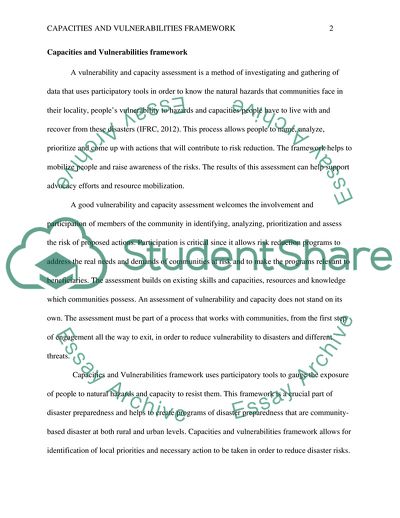Cite this document
(A Vulnerability and Capacity Assessment Case Study, n.d.)
A Vulnerability and Capacity Assessment Case Study. Retrieved from https://studentshare.org/sociology/1817762-gender-analysis-frame-work-capacities-and-vulnerabilities-framework
A Vulnerability and Capacity Assessment Case Study. Retrieved from https://studentshare.org/sociology/1817762-gender-analysis-frame-work-capacities-and-vulnerabilities-framework
(A Vulnerability and Capacity Assessment Case Study)
A Vulnerability and Capacity Assessment Case Study. https://studentshare.org/sociology/1817762-gender-analysis-frame-work-capacities-and-vulnerabilities-framework.
A Vulnerability and Capacity Assessment Case Study. https://studentshare.org/sociology/1817762-gender-analysis-frame-work-capacities-and-vulnerabilities-framework.
“A Vulnerability and Capacity Assessment Case Study”, n.d. https://studentshare.org/sociology/1817762-gender-analysis-frame-work-capacities-and-vulnerabilities-framework.


